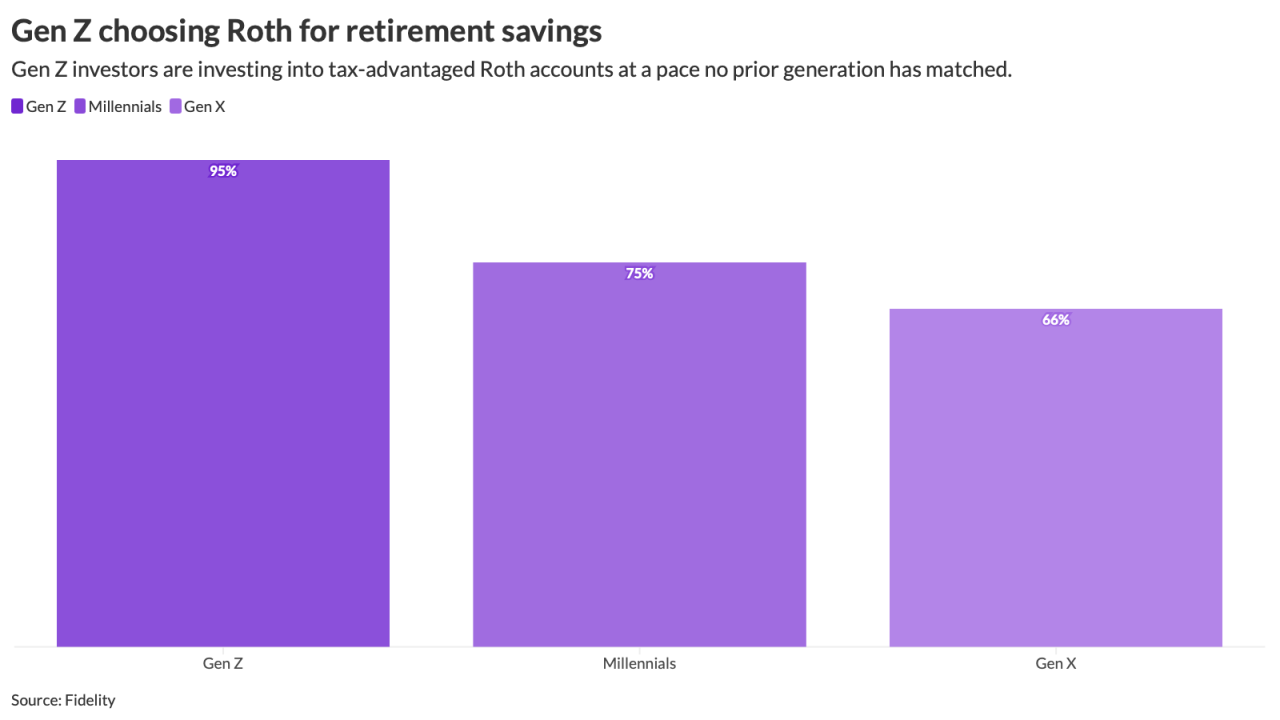Recruiting and retaining talent is an age-old conundrum for nonprofit organizations. Typically, salaries are lower than for-profit counterparts, so nonprofits need to balance the scales through more employee-friendly benefits. And there’s no question wellness programs should be part of the strategy.
Health and wellness programs that promote a positive culture in the workplace have become recruiting tools for companies. A focus on wellness is also widely known to increase productivity among employees — the healthier they are, the more time they will spend at work, rather than at home sick or dealing with various medical issues. In addition, a successful program can lower insurance costs over several years.
But creating and implementing a wellness program with limited resources can be difficult. Beyond the cost of designing, implementing and managing a program, HR managers often have a hard time convincing the C-suite that a wellness program is worth sticking to for three to five years — the length of time it often takes to see results.

If you get over the initial resource and buy-in hurdles, understanding how to keep employees engaged can be another challenge. And without their engagement, your program will undoubtedly fail.
However, there are successful programs at nonprofits out there. By taking some cues from them, you can learn how to implement a successful program of your own.
Steps for a successful program
Consider this real life scenario: A nonprofit organization with 300 employees faced 15% to 18% health insurance rate increases for three years straight and knew they needed a way to reduce costs. They had tried disparate wellness initiatives in the past like a smoking cessation program, gym membership reimbursement and weight loss programs, but these disconnected programs saw low engagement.
Beyond cost savings — which were a huge driver — the nonprofit needed to create a wellness program that aligned with their mission of improving health. They knew they needed to practice what they were preaching to their own clients.
These facts were presented to leadership to help get buy-in. They also presented the idea of using outside resources to help them craft a program that would not only be cost-effective, but would incorporate proven tactics.
After getting approval to move forward with designing a program, the leadership and HR teams and the organization’s broker developed goals and created a three-year wellness plan. Writing down goals helped to ensure everyone was on the same page, and also helped everyone involved — from HR through the C-suite — to easily monitor progress.
Nonprofits, like a growing number of for-profit companies, now work with modest budgets and lean HR teams. To help create a health and wellness program on a smaller budget, HR leaders looked to their broker’s expertise, as well as to insurance carriers for programs to leverage for employees. In addition, the organization used outside wellness vendors to provide affordable services and decrease the load on resources at the nonprofit.
Wellness programs have been hotly debated in recent months. Jennifer Patel, director of wellness engagement at Hallmark Business Connections, offers five common wellness program pitfalls and suggests ways employers can avoid them.
The wellness program included incentives for employees to get annual physicals and flu shots as well as for participating in physical challenges, health fairs and biometric screenings.
To ensure employees are aware of the program and understand how it works, the nonprofit worked with its partners to create a content and communications strategy to educate employees on the program and its benefits, and keep them engaged as new programs began.
Results
In just two years of the program, the nonprofit has seen renewal rate price increases drop from double digits to just 8%. They’ve also seen increased employee engagement, participation in biometrics screening and the health fair, and use of the carrier website, as well as lower utilization of deductible, co-insurance and out-of-pocket costs.
All signs point to the program continuing with success. And the nonprofit and their partners plan to extend the program in coming years by implementing a health savings account and increasing communication to spouses and dependents on the plan. Communicating with everyone who’s insured can further help to contain costs; often the employee is not the person making a household’s healthcare decisions, and they aren’t the only one using the benefits.
By creating clear goals at the start of a program and using cost-saving resources, this nonprofit was able to save on insurance costs for themselves and their employees, create a culture on wellness as part of their employee engagement and have increased the participation in the wellness programs by two-fold.






